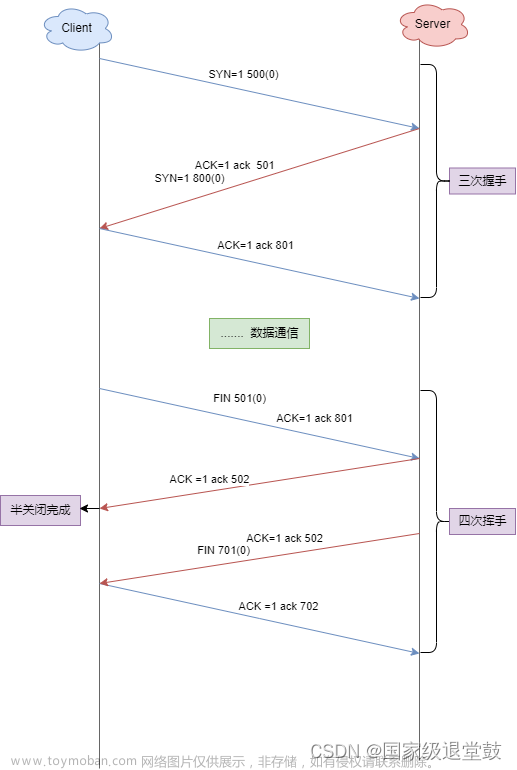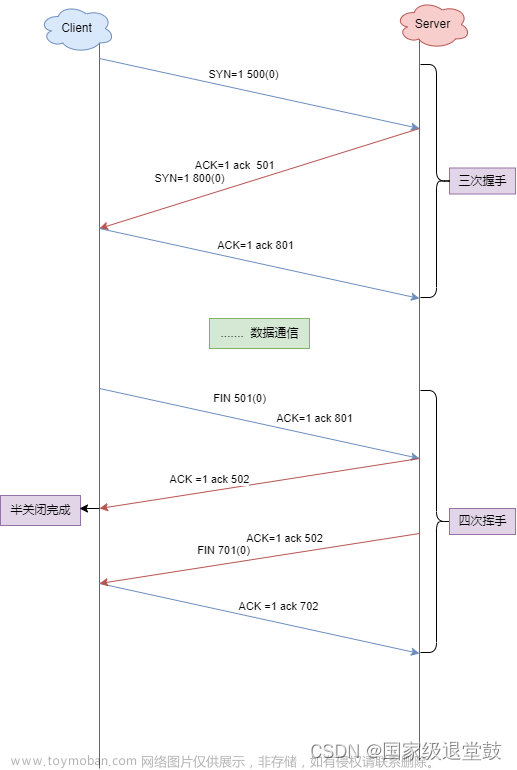基础概念
进程组
- 每个进程除了有一个进程ID之外,还属于一个进程组。
- 进程组是一个或多个进程的集合,同一进程组中的各进程接收来自同一终端的各种信号。
- 每个进程组有一个组长进程。组长进程的进程组ID等于其进程ID。
会话
会话(session)是一个或多个进程组的集合,进程调用 setsid 函数(原型:pid_t setsid(void) )建立一个会话。进程调用setsid函数建立一个新会话,如果调用此函数的进程不是一个进程组的组长,则此函数创建一个新会话。具体会发生以下3件事:文章来源:https://www.toymoban.com/news/detail-615733.html
- 该进程变成新会话的会话首进程(sessionleader,会话首进程是创建该会话的进程)。此时,该进程是新会话的唯一进程。
- 该进程成为一个新进程组的组长进程。新进程组ID是该调用进程的进程ID。
- 该进程没有控制终端。如果调用setsid之前该进程有一个控制终端,那么这种联系也被切断。
如果该调用进程已经是一个进程组的组长,则此函数返回出错。为了保证不处于这种情况,通常先调用fork,然后使其父进程终止,而子进程则继续。因为子进程继承了父进程的进程组ID,而其进程ID是重新分配的,两者不可能相等,这就保证了子进程不是一个进程组的组长。文章来源地址https://www.toymoban.com/news/detail-615733.html
void daemonize(const char *cmd)
{
int i, fd0, fd1, fd2;
pid_t pid;
struct rlimit rl;
struct sigaction sa;
/*
* Clear file creation mask.
*/
umask(0);
/*
* Get maximum number of file descriptors.
*/
if (getrlimit(RLIMIT_NOFILE, &rl) < 0)
err_quit("%s: can't get file limit", cmd);
/*
* Become a session leader to lose controlling TTY.
*/
if ((pid = fork()) < 0)
err_quit("%s: can't fork", cmd);
else if (pid != 0) /* parent */
exit(0);
setsid();
/*
* Ensure future opens won't allocate controlling TTYs.
*/
sa.sa_handler = SIG_IGN;
sigemptyset(&sa.sa_mask);
sa.sa_flags = 0;
if (sigaction(SIGHUP, &sa, NULL) < 0)
err_quit("%s: can't ignore SIGHUP", cmd);
if ((pid = fork()) < 0)
err_quit("%s: can't fork", cmd);
else if (pid != 0) /* parent */
exit(0);
/*
* Change the current working directory to the root so
* we won't prevent file systems from being unmounted.
*/
if (chdir("/") < 0)
err_quit("%s: can't change directory to /", cmd);
/*
* Close all open file descriptors.
*/
if (rl.rlim_max == RLIM_INFINITY)
rl.rlim_max = 1024;
for (i = 0; i < rl.rlim_max; i++)
close(i);
/*
* Attach file descriptors 0, 1, and 2 to /dev/null.
*/
fd0 = open("/dev/null", O_RDWR);
fd1 = dup(0);
fd2 = dup(0);
/*
* Initialize the log file.
*/
openlog(cmd, LOG_CONS, LOG_DAEMON);
if (fd0 != 0 || fd1 != 1 || fd2 != 2) {
syslog(LOG_ERR, "unexpected file descriptors %d %d %d",
fd0, fd1, fd2);
exit(1);
}
}
到了这里,关于Linux守护进程的文章就介绍完了。如果您还想了解更多内容,请在右上角搜索TOY模板网以前的文章或继续浏览下面的相关文章,希望大家以后多多支持TOY模板网!

![[Linux] 网络编程 - 初见TCP套接字编程: 实现简单的单进程、多进程、多线程、线程池tcp服务器](https://imgs.yssmx.com/Uploads/2024/02/568904-1.gif)











